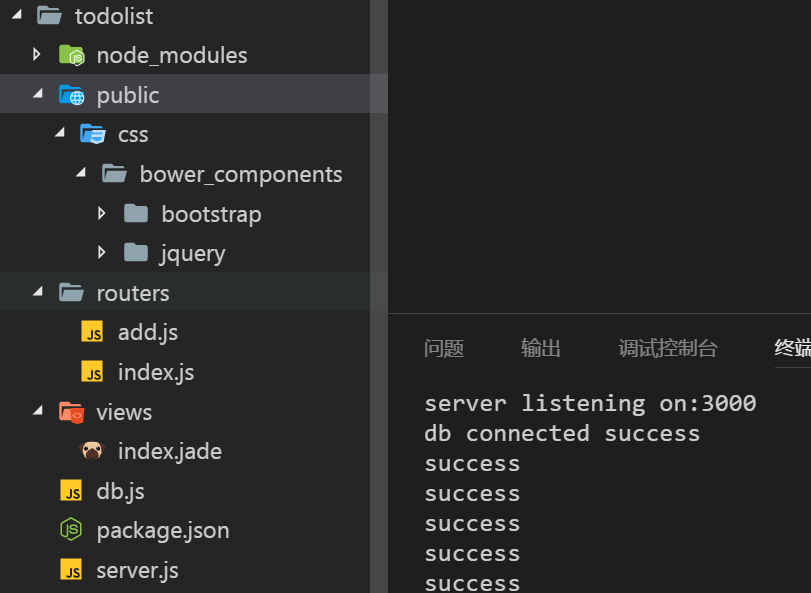
#MONGODB NODEJS UPDATE#
Schemaless: It enhances the flexibility of the data and needs no script to modify or update data.Ad-hoc Queries: It supports ad-hoc queries by indexing the BSON documents & using a unique query language.Replication: MongoDB distributes the data across different machines.Indexing: It makes use of indexes that helps in improving the search performance.This way, it also helps in bringing down the gap between the key-value stores and relational databases.īelow I have listed down a few of the most intriguing features of MongoDB: It stores all the related information together which enhances the speed of query processing. MongoDB stores the JSON documents in the form of collections having dynamic schemas. This eases the work of a developer by providing persistence to the data and enhancing agility. This kind of databases preserves most of the functionalities while offering horizontal scalability. MongoDB is an open source non-relational database that stores the data in the form of collections and documents.
#MONGODB NODEJS HOW TO#
But before I show you how to work with it, let’s get familiar with its nitty-gritty. In this Node.js MongoDB tutorial, I will be focussing on only one of these databases, which by now you might have guessed, that is MongoDB. To know more about NoSQL and it varies from SQL databases, you can check out this article on Differences between SQL & NoSQL Databases. There is a list of NoSQL databases which are used quite heavily in the industry, some of which I have listed below: But it stores the data in the form of collections and documents which enable quick updates. These databases have a dynamic schema and no specific query language along with no or very fewer relationships. NoSQL database is especially useful for handling humongous sets of distributed data. This unstructured data can contain a mixture of data models, including key-value, document, columnar and graph formats, etc. Not only SQL database or more popularly known as NoSQL database is a database design approach that provides a mechanism to store and access a wide variety of unstructured data.

Thus, I bring you this Node.js MongoDB tutorial where I will be demonstrating how effortlessly you can develop an application using Node.js with MongoDB from scratch.īelow are the topics I will be covering in this Node.js MongoDB tutorial:

MongoDB is a perfect fit for this kind of requirement as it has a very fast development cycle and performs quite efficiently. Node.js Professionals often opt for a NoSQL database which can keep up with Node.js speed all while maintaining the performance of the application. Node.js is the most popular JavaScript framework when it comes to high-speed application development.


 0 kommentar(er)
0 kommentar(er)
